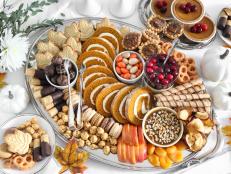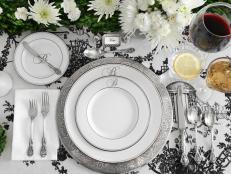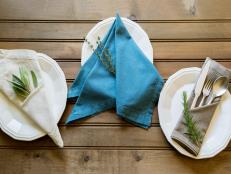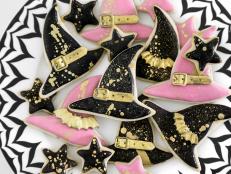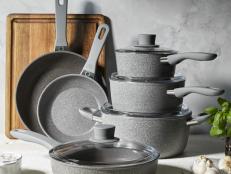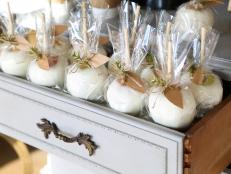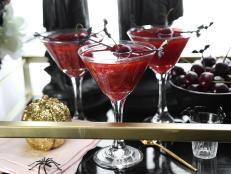Food and Champagne: The Perfect Match
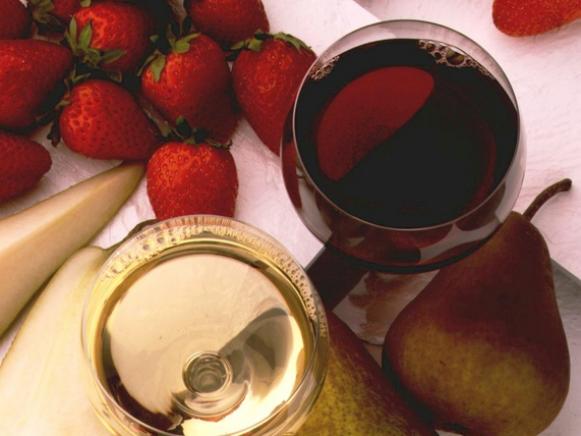
Champagne is "probably one of the most versatile wines for food, period," says Andrea Immer, a nationally known wine expert. And unless the meal includes steak or sweet desserts, it almost always will be compatible.
Champagne contains high levels of acidity and a small amount of sugar. The two extremes complement elements in almost any food, from a tame poached salmon to red-hot Thai food. And then there are the bubbles. "I call them scrubbing bubbles for your palate," says Immer, whose title of master sommelier places her among the world's most elite wine experts.
Her favorite foods to eat with Champagne are popcorn and potato chips. She once served them at a Champagne tasting for a business group, "and everyone was just freaked out."
Champagne gets a bad rap in the United States because people tend to save it for special occasions and then too often they drink it in vast quantities, leading to hangovers. Champagne is generally served at weddings with sweet wedding cake, one of the few incompatible foods.
The acidity of Champagne can be off-putting when it's not paired with food. Nor is champagne widely advertised in the media or promoted in restaurants for its versatility with food. Most Champagnes are a blend of Chardonnay and Pinot Noir grapes, from across several vintages.
Like any wine, Champagnes range from sweet to dry. Here are the labels to look for:
- Demi-sec - The sweetest of Champagnes, but not as sweet as a dessert wine. It means "half sweet."
- Dry - A shade drier than demi-sec.
- Extra dry - One step drier.
- Brut - The driest form, and the most popular.
There are some special categories, which tend to be more expensive than the traditional Champagne blend:
- Blanc de Blancs, made only with Chardonnay grapes. It generally goes well with lighter foods, such as seafood and vegetables. Also good as a pre-dinner aperitif.
- Blanc de Noirs, made solely from red Pinot Noir and Pinot Meunier grapes, with a deeper golden color than the Blanc de Blancs. It makes a great pairing with full-flavored foods, such as meat and cheese. These Champagnes tend to be rare and expensive.
- Rosé. The color comes from the addition of Pinot Noir wine at the second fermentation, the point at which still wine becomes Champagne. This type is one of the best to have with dinner, according to Ed McCarthy, author of Champagne for Dummies.
The following food pairings are recommended for traditional brut Champagnes, unless otherwise noted.
- Scrambled eggs
- Any mushroom dish
- Nuts, especially almonds
- Popcorn and potato chips
- Cheese. The best are aged, hard cheeses such as Parmesan, gouda or cheddar. Goat cheese goes very well with Blanc de Blancs.
- Any pasta or risotto, especially with cream or mushroom sauce. Avoid heavy tomato-based sauces. The tomatoes clash with the high acidity of the champagne.
- Fish and seafood, especially lobster
Dessert that isn't very sweet, such as berries, shortbread, pound cake, angel food cake, or tart, lemony desserts, are appropriate for demi sec. Chocolate is OK with an extra-dry or demi sec, if it's dark or bittersweet and not gooey. An Italian asti is better for desserts, because it's sweeter than French Champagne.

.-Battle-on-the-Beach-courtesy-of-HGTV.-.jpg.rend.hgtvcom.196.196.suffix/1714761529029.jpeg)





